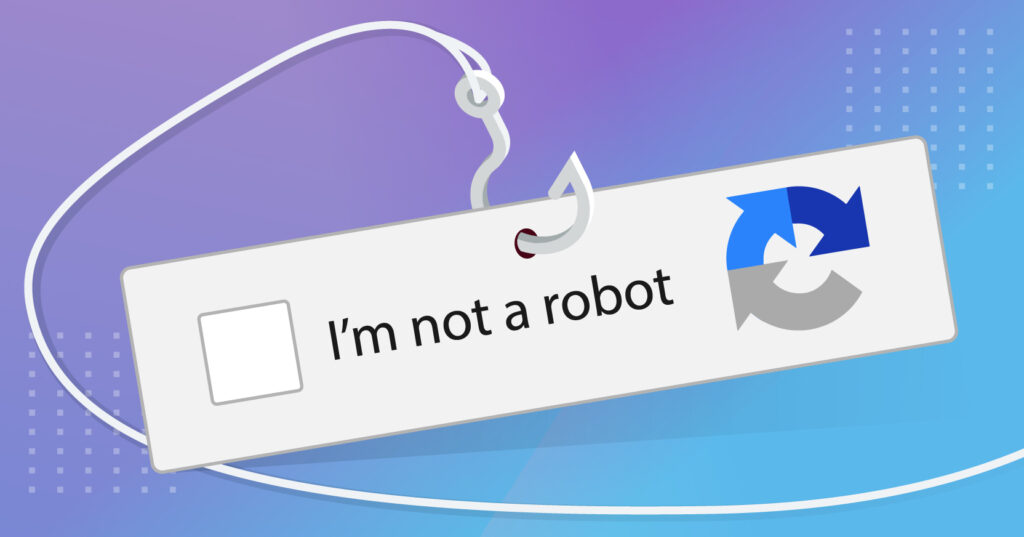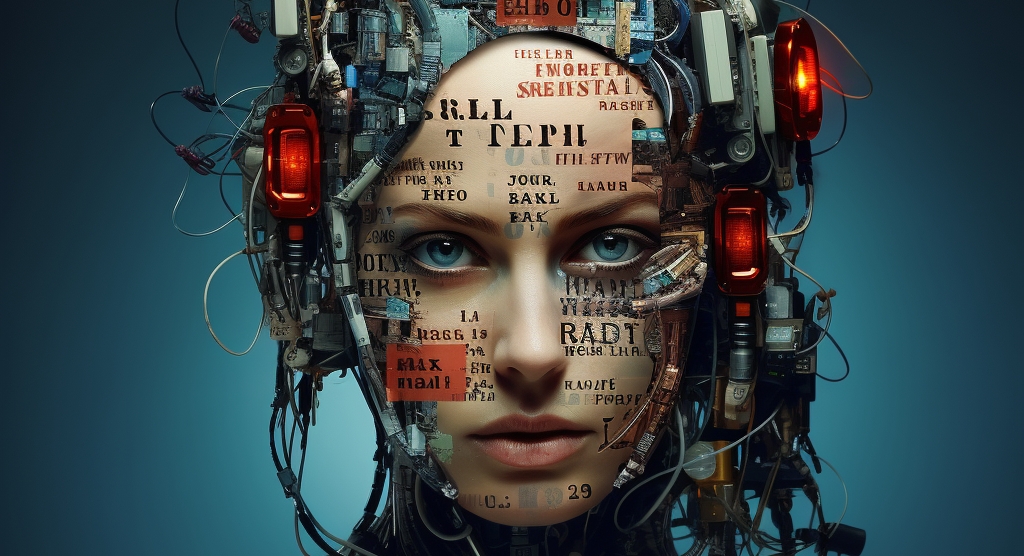Captchas have become a common sight on the internet. These tools are designed to verify that users are human and not bots. However, as technology advances, captchas are also evolving to keep up with the changing landscape of cybersecurity.
The purpose of Captcha
Initially, captchas were introduced to prevent automated programs from abusing online systems. They required users to complete various tasks, such as identifying distorted letters or solving puzzles, to prove their humanity. The main goal was to protect websites from spam, fraud, and hacking attempts.
Changing landscape of Captcha
As bots and AI technology have become more sophisticated, captchas have had to adapt. Traditional captchas that solely rely on text recognition are no longer effective. Newer versions, like image-based captchas, audio-based captchas, or even behavioral analysis captchas, have emerged.

These advanced captchas are designed to be more user-friendly and secure. They leverage advanced algorithms and machine learning to analyze user behavior and accurately differentiate between humans and bots. This evolution ensures a higher level of security while maintaining a seamless user experience.
In conclusion, captchas play a crucial role in protecting online systems from malicious activities. Their evolution is necessary to stay ahead of bots and maintain robust cybersecurity. As technology continues to progress, we can expect captchas to further improve and adapt to the changing online landscape.
Traditional Captcha
Text-based Captcha
Traditional captchas are widely used as a security measure to distinguish between humans and bots. One of the most common types of captchas is the text-based captcha, where users are asked to recognize and input a series of distorted or garbled characters. While effective in the past, text-based captchas have become increasingly vulnerable to automated attacks as bots have become more sophisticated in deciphering distorted text.
Image-based Captcha
To overcome the limitations of text-based captchas, image-based captchas were introduced. Instead of distorted text, image-based captchas require users to select specific objects, identify road signs, or solve simple puzzles based on the provided images. This approach adds an additional layer of security by presenting challenges that are harder for bots to solve. However, even image-based captchas have faced challenges as AI-powered algorithms have become capable of recognizing and solving these puzzles with increasing accuracy.
Overall, captchas continue to evolve as developers strive to strike a delicate balance between usability for humans and security against bots. Newer techniques such as audio-based captchas, video-based captchas, and behavior-based captchas are constantly being explored and developed to stay one step ahead of malicious automated activities.
Evolving Captcha Technologies
Audio-based Captcha
Audio-based captchas have emerged as an alternative to traditional visual captchas. This technology utilizes sound to verify user identity. Instead of deciphering distorted text or selecting images, users listen to a series of numbers or words and input them correctly. It provides a more accessible option for visually impaired users and adds an extra layer of security against bot attacks.

Checkbox Captcha
Checkbox captchas are a newer form of captcha that offers a simplified user experience. Instead of solving puzzles or identifying objects, users simply check a box to prove they are human. This eliminates the frustration of deciphering complex captchas while still providing protection against automated bots. This user-friendly approach has gained popularity among websites and has proven to be an effective tool in combating spam and fraudulent activities.
Overall, as technology continues to evolve, captchas are constantly adapting to meet the challenges of an ever-changing digital landscape. By exploring these new and innovative captcha technologies, businesses can enhance their user experience, improve security, and maintain the integrity of their online platforms.
CAPTCHAs often present distorted text, image riddles, pattern recognition, multitasking mayhem, and are constantly evolving. While we humans breeze through these tasks, robots struggle. It’s a never-ending game of cat and mouse, with humans being the cat and robots being the mouse!
Avtarit Arora, CEO, Innovative India
Advanced Captcha Methods
In the ever-evolving world of technology, captchas have also been evolving to keep up with increasingly sophisticated bots and spammers. Traditional captchas, such as entering distorted letters or solving puzzles, are no longer effective in preventing automated attacks. Here are some advanced captcha methods that are being utilized today:
Biometric Captcha
Biometric captchas utilize unique characteristics of human traits, such as fingerprint or voice recognition, to verify the user’s identity. This method adds an extra layer of security by ensuring that only humans can pass the captcha. Biometric captchas are particularly effective in preventing bots from gaining unauthorized access to sensitive information.
Behavioral Captcha
Behavioral captchas analyze user behavior patterns, such as mouse movements or keystrokes, to determine if the user is human or a bot. Bots tend to have a mechanical and unnatural browsing behavior, which can be easily detected by behavioral captchas. This method strengthens the security of online forms by distinguishing between genuine users and automated scripts.
These advanced captcha methods have proven to be more reliable in thwarting automated attacks. By implementing these techniques, websites can ensure a safer and more secure online experience for their users.
Conclusion
Captcha, the common security measure used to distinguish humans from bots on websites, is constantly evolving to keep up with advances in technology. The traditional text-based Captcha has become increasingly ineffective as bots have become smarter at solving them. As a result, new and more sophisticated Captcha technologies have emerged to provide better security while maintaining user experience. These technologies include image-based Captcha, audio-based Captcha, and even behavior-based Captcha. With these advancements, businesses can ensure a higher level of security on their websites and protect sensitive information from malicious bots. The future of Captcha will continue to evolve as technology advances, and we can expect more innovative solutions to combat the ever-growing threat of automated attacks.

